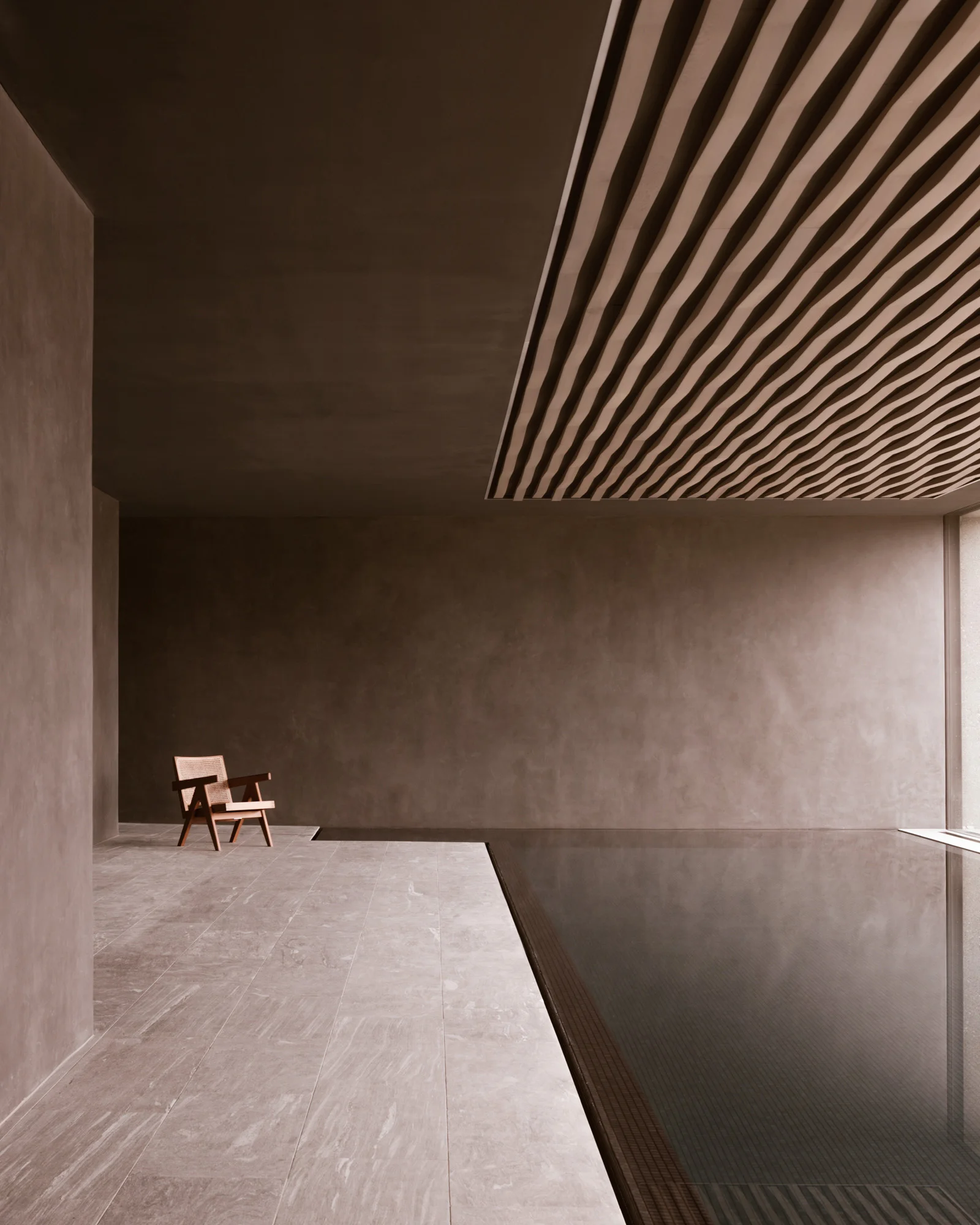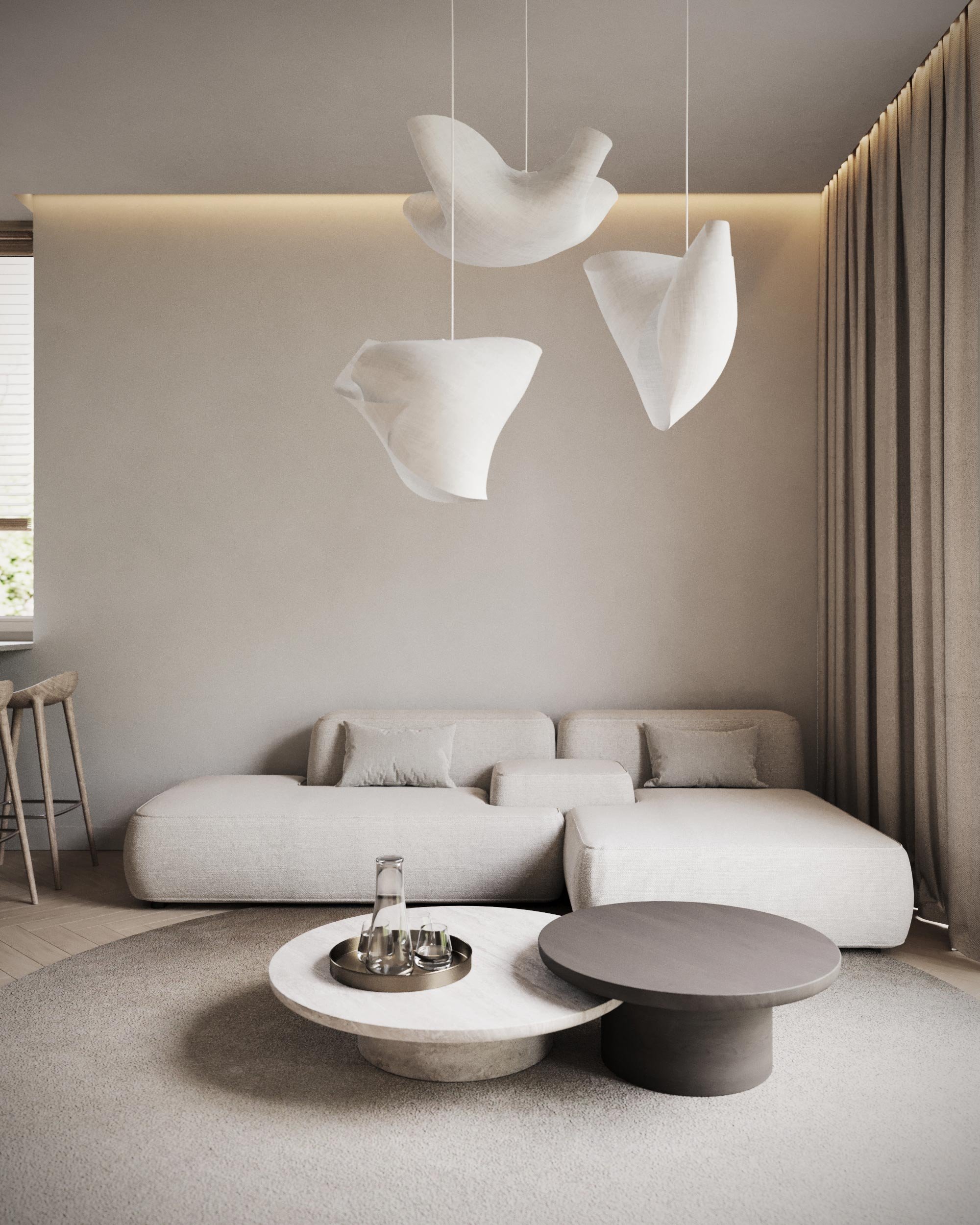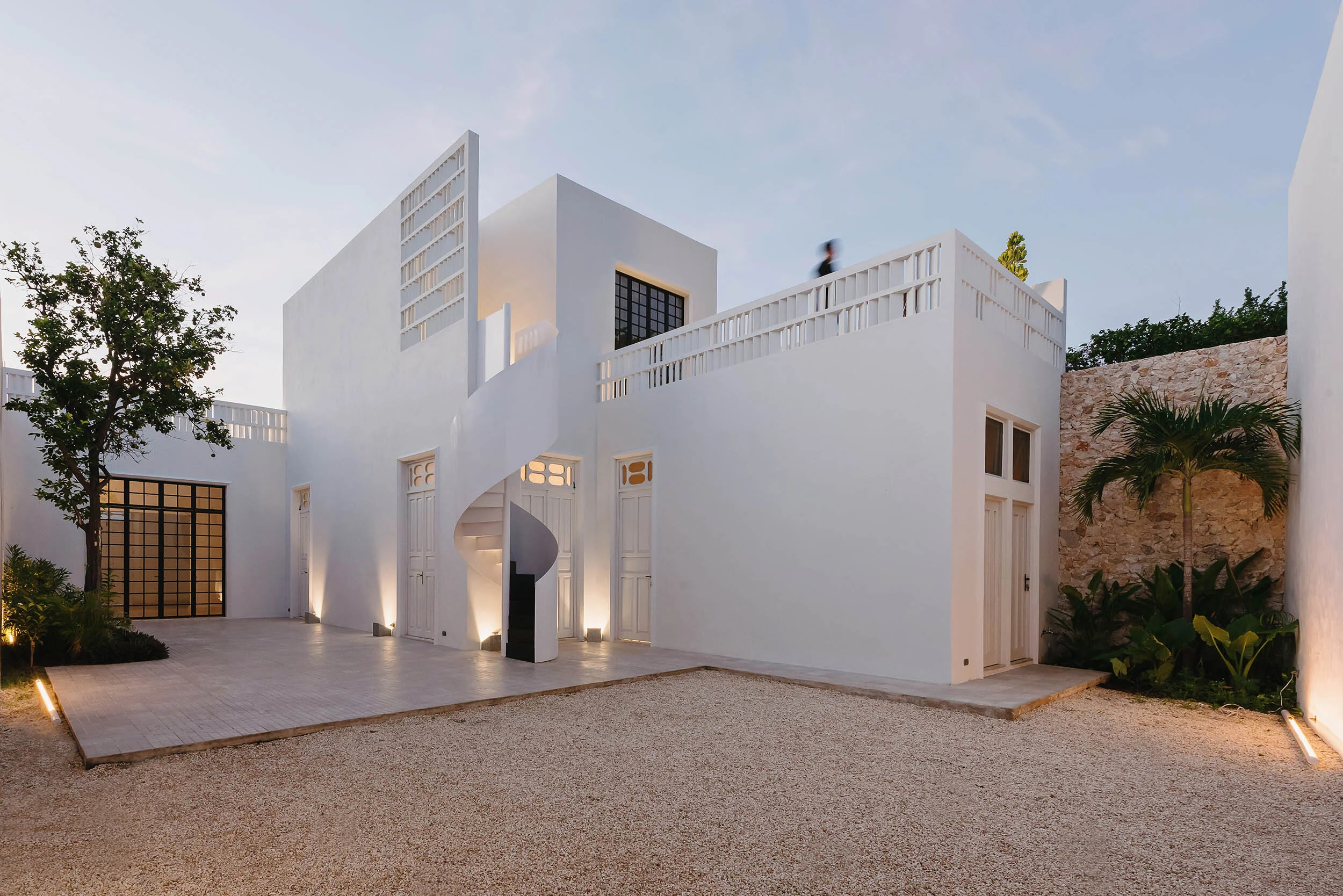Belgian Photographer Piet-Albert Goethals Portrays His Surroundings in Calm, Mindful and Spontaneous Images
Belgian Photographer Piet-Albert Goethals Portrays His Surroundings in Calm, Mindful and Spontaneous Images
Piet-Albert Goethals Talks Passion for Images and Founding Akt Magazine
Name:
Piet-Albert Goethals
Photography:
Piet-Albert Goethals
Words:
Caroline Meeusen
Belgian photographer Piet-Albert Goethals has a unique style and an exceptional eye for detail which he uses to capture strong images of objects, interiors, architecture, and people. His work offers his perspective on places, spaces, and moments and with it, he established himself in both the international and national world of design and architecture. Piet-Albert is based near Brussels, where he has both his studio and home. There, he lives with his wife Jessy Van Durme, a designer and writer, and their two sons.
Piet-Albert photographs for editorial and commercial clients as well as books and personal projects. Always looking for the right perspective and best light with respect to the subject, he has established his own style and approach, moving away from commercial photography. His pre- and post-production approach results in his signature imagery: “mindfully composed, calm, and commanding with a hint of spontaneity.”
At the end of 2017, Piet-Albert founded Akt Magazine together with his wife. In its pages, they merge their passions for stories, simplicity, design, and photography, telling exclusive stories with a focus on the Belgian scene. Piet-Albert talks about his passion for his work as a photographer and the founding of Akt Magazine.
Photography by Piet-Albert Goethals • Elvis Pompilio
VISUAL PLEASURE Magazine:
Have you always wanted to become a photographer?
Piet-Albert Goethals: Since I was a kid, there has been a constant fascination for the image. I could lose myself in books and magazines studying image after image. Nowadays, things haven’t changed much from my childhood, I'm still image-driven, always looking for inspiration, images that trigger me in magazines and books.
Handling a camera myself came at a later stage, when picking up a camera for the many travels I did after my studies. Later on, I felt like combining two things in life that I am passionate about, images and music, so I started photographing concerts and bands. Back then, I still had a full-time job and did it as a hobby. It brought me to places that I otherwise wouldn't visit, kind of the international scene of concert photographers.
Six years ago, I decided to quit my full-time job and started working as a freelance photographer. To be honest, in the beginning, and even now, I'm still struggling to call myself a “photographer.” Peter Lindbergh, Anton Corbijn, Helmut Newton, and Irving Penn—they can call themselves photographers.
How do you tell a story with your photos?
The story for the viewer is what they make of it. It's different from person to person. In my opinion, I think it's better to show less, not always the full-scale frame. It makes the viewer's imagination work. I'm not aiming to be the most technical or the hardest-working guy in the business. I just do what I like, framing a subject the way I think it's interesting, always instinctively, always keeping poetry and a bit of drama in mind. It's an ongoing process of self-reflection and questioning myself if the image taken is relevant enough.
How do you create a balance between calmness and movement, minimalism and expression?
It's something that comes from the heart and mind. You could say that the way I take an image is a reflection, a momentum of my personality and mind.
Photography by Piet-Albert Goethals • Valke Vleug by Vincent Van Duysen
What kind of projects do you prefer to photograph and why?
During these years of photographing, I kind of created an inner feeling, a sense of purity and authenticity. When I feel honesty, pureness, passion, talent, and humility in the people I work with and the subjects I photograph, I know it's going to work. It doesn't matter if it's an interior, a product, or a person, but it is key to success, key for what's going to be a good image, key for my motivation to make it a good image. And, of course, I'm always open to a challenge. Challenges make me better, more self-confident.
What prompted you and your wife Jessy Van Durme to start the magazine Akt?
Six years ago, Jessy and I made the book ‘‘Scandinavian Designers at Work’’, which was published by Luster. It was our first project together that we started without having a publishing deal or anything whatsoever. We just started traveling (on a very low budget) to Scandinavia, visiting designers that we looked up to for two months because we had this idea and we wanted to do our own thing.
Making that book was so fun to do because we experienced freedom. Luckily, when we got home (with a finished book on our laptops), we found a publisher immediately, and the rest is history. After the book, we got picked up by national magazines to work as freelancers. During these jobs, we always felt too influenced by the editors, regarding what brands we should work with, locations... When we thought back on the book we made, we longed for a project of our own again, in which we could experience total freedom. That's how Akt was founded.
How do we recognize your style/aesthetics in Akt
Jessy and I, we have a weakness for simplicity. Nowadays, especially with social media, people see so many images, everyone is screaming for attention. We try to keep it simple and clear. It's our way of communicating, and we think the message arrives better this way. With issue III, we changed the dimension of the magazine, and the layout is a bit more pronounced. It was our next step to have this change since it's a constant process of evolving. We change as people, so the magazine always will reflect these changes without losing our core values.
Photography by Piet-Albert Goethals • Colin of Amen Ra
“When I feel honesty, pureness, passion, talent, and humility in the people I work with and the subjects I photograph, I know it’s going to work. ”
What is it like to work with your wife, and how is the work divided in compiling the magazine?
We both have our tasks in Akt, tasks that grew naturally. Of course, Jessy is taking care of the graphic design, and I'm taking care of photography since that is what we do most. When we start thinking about a new issue, we have meetings at our kitchen table to discuss content and how to bring in a story—we call it art-direction. Those meetings are super important to draw the big lines of the upcoming issue. Apart from those meetings, we, of course, pitch back and forth when something different or new comes to our minds.
Jessy also takes care of the advertising part, while I'm also doing all communication-related things. Luckily, Jessy and I know each other that well, that we don't need many words. We understand each other through the blink of an eye. And of course, we're super glad to have a talented team of international writers to help us where necessary.
What do you want to bring with Akt? What are the most important messages or topics?
The foundation of what we bring is “Belgian.” Belgian with an international touch. We cross borders between interior, music, art, fashion, design... We want to bring timeless content, not focusing on things that are fleeting or last no longer than a short period. For example, we didn't include the “c-word” in our latest issue. Just as a statement. By reading Akt, we want our readers to feel like they are having a “me-moment," an escape from their routines, a hedonistic moment. Also, a lot of attention goes to the look and feel of the magazine—the highest quality paper, the thickness of the paper—for issue III we have an inlay with poetry. Tactility is super important in our story.
Photography by Piet-Albert Goethals • Siesegem by KAAN Architects
Photography by Piet-Albert Goethals • Akt Magazine Issue III
“By reading Akt, we want our readers to feel like they are having a “me-moment,” an escape from their routines, a hedonistic moment.”
Photography by Piet-Albert Goethals • Dominique Labordery Jewellery
Photography by Piet-Albert Goethals • Six Vaults by Gijs Van Vaerenbergh
Photography by Piet-Albert Goethals • On The Theme Of Melancholy for Akt Magazine















